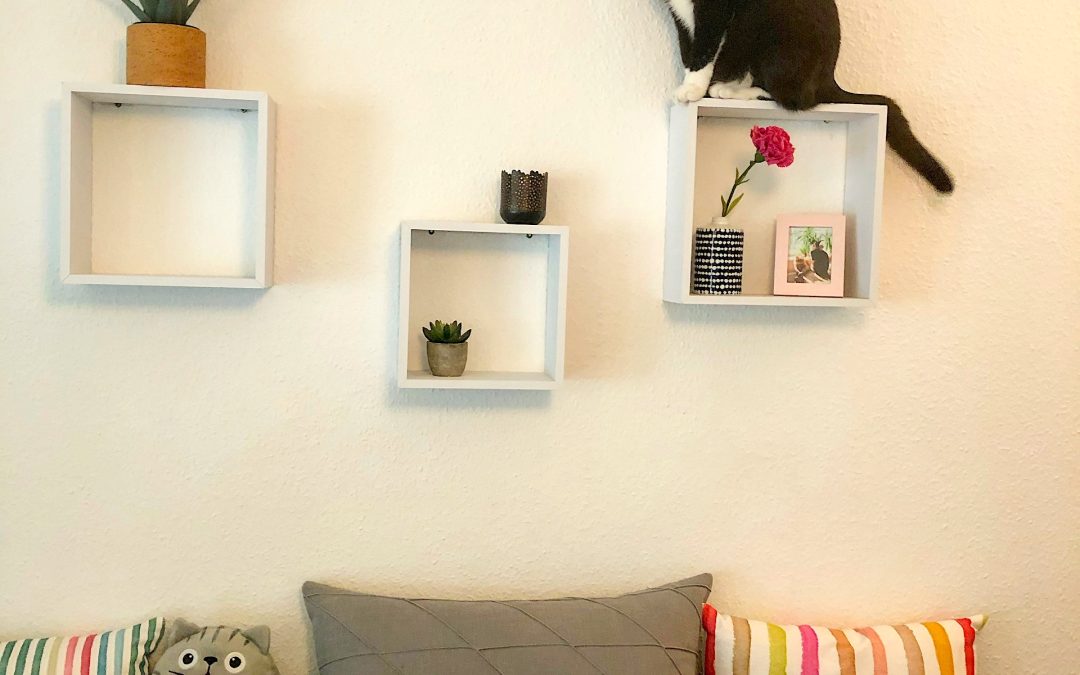Moving Home with Pets: Keeping Them Safe and Stress-Free
Moving house can be a stressful time for the whole family — including your pets. A change of environment, routines, and surroundings can make animals anxious, sick, or even lead to escape. With a little planning and preparation, you can make the move as smooth as possible for both you and your furry, feathered, or scaly friends.
At Palmers Relocations, we understand that pets are part of the family. Here’s our guide to helping them transition safely, comfortably, and with minimal stress.
Preparing Your Pet for a Domestic or Interstate Move
1. Keep Their Routine Consistent
Pets thrive on familiarity. In the week leading up to your move, keep feeding times, walks, and play sessions consistent. Sudden changes can increase stress, so treat them with the same care and attention they’re used to.
2. Visit the Veterinarian
A pre-move check-up a couple of weeks in advance is important. Make sure your pet is healthy and up-to-date with vaccinations, and request:
-
Copies of medical records
-
Vaccination certificates
-
De-sexing certificates (if applicable)
Discuss any travel concerns with your vet, including motion sickness or anxiety management strategies.
3. Prepare a Safe Space During Packing
During the busy packing period, confine your pet to a quiet, secure room with familiar bedding and toys. Leaving the travel crate accessible allows your pet to explore it gradually, so it’s less intimidating on moving day. For highly anxious pets, you may consider boarding or asking a trusted friend or family member to care for them temporarily.
4. Pack Familiar Comforts Last
Leave your pet’s bedding, toys, and other familiar items to the last moment. Avoid washing bedding until after the move so they have something with a familiar scent in their new home.
5. Travel Checklist
For a smooth journey, prepare:
-
Veterinary records, certificates, and recent photos
-
Familiar food and water
-
Bowls, a can opener, and resealable lids
-
Leashes and harnesses
-
Bedding or crate liners
-
Toys and comfort items
-
Waste bags, scoops, and paper towels
Tip: For long journeys, avoid feeding your pet for 12 hours beforehand to reduce the risk of travel sickness. Consult your vet for anti-sickness medications if needed.
On Moving Day
-
Update identification tags with your new address and contact details
-
Ensure pets are safely secured in the vehicle
-
Take regular breaks for water and toilet needs on longer trips
-
Never leave pets unattended in a parked vehicle — temperatures can rise dangerously fast
Settling Into Your New Home
-
Check fences and boundaries before allowing pets outdoors
-
Set up a “pet room” with familiar bedding, toys, and food to help them feel secure
-
Maintain usual routines for feeding, walking, and play
-
Keep pets on a leash initially when exploring outdoor areas
-
For dogs, frequent walks help them adjust to their new surroundings
-
Be patient with accidents or behavioural changes. Praise correct behaviour and clean accidents calmly using a biological cleaner
International Pet Moves
International relocations require additional planning:
-
Countries have different import rules, quarantine requirements, and vaccination standards
-
Pets may need IATA-approved travel crates and health certificates
-
Timing, paperwork, and airline compliance are critical
Because international pet moves can be complex, Palmers works with a trusted pet relocation partner with over 30 years of experience and all the necessary accreditations. Through this partnership, we can offer clients corporate rates, making international pet relocation safer and often more cost-effective than arranging it directly.
How Palmers Supports You
While Palmers Relocations doesn’t directly transport pets, our team provides guidance and coordination to ensure your animals’ transition is smooth. For dlocal moves, we offer advice and resources to reduce stress. For interstate and international moves, our partnership ensures your pets are relocated safely, in compliance with all regulations, and at a better rate than you might find on your own.
Moving with pets doesn’t have to be stressful. With careful planning, familiar comforts, and professional support, your pets can settle happily into their new home — and you can enjoy your move with peace of mind.
Take the first step: Contact Palmers Relocations today to discuss your move and how we can help both your family and your pets transition safely.

